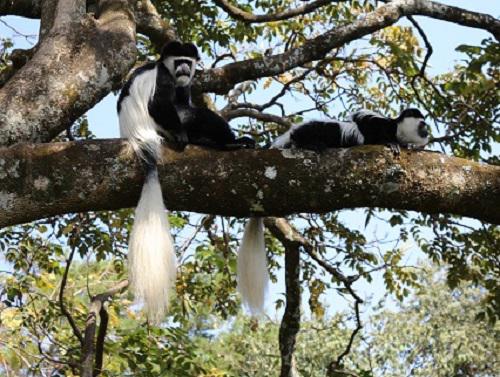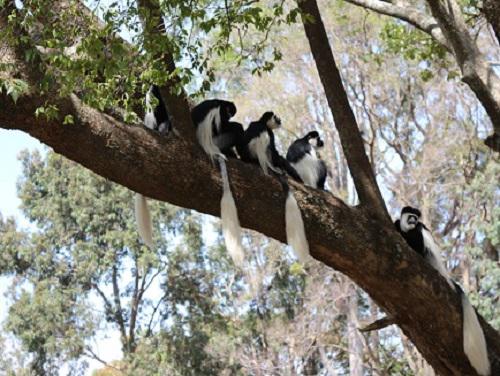Dereje Tesfaye Delkaso
Other projects
19 Jan 2018
Conservation Threats of Colobus guereza gallarum in Southeastern Parts of Its Ranges in Ethiopia
The aim of this study is to determine the behavioral ecology of Colobus guereza gallarum in Ethiopia and the intraspecific divergence of Colobus guereza across its range in African.

The black-and-white colobus monkey (Colobus guereza) is an arboreal Old World monkey inhabiting the deciduous and evergreen forests of several African countries (Fashing and Oates, 2013). Eight subspecies of black-and-white colobus monkey are currently recognized based on morphological evidence. However no molecular genetics study has been carried out in this species and the taxonomy remains vague and inconclusive. Two of the subspecies are endemic to the Ethiopian highlands, C. g. guereza west of the Rift Valley and C. g. gallarum east of the Rift Valley. Little is known about the ecology and distribution pattern of C. g. gallarum which is currently categorized as Data Deficient by IUCN. In general, many African countries including Ethiopia are facing rapid deforestation which is adversely affecting their biodiversity and their potential to adjust to climate change. Hence, understanding the taxonomic relationship and obtaining background ecological data for those subspecies with no data are important steps for effective conservation management.

This study aims to both understand the taxonomic position of Colobus guereza as a species using molecular genetics and to provide detailed behavioural ecology data for the conservation of the little-known subspecies, C. g. gallarum. The taxonomic study of C. guereza will be carried out using mitochondrial DNA primers (D-loop, Cytb1, 12s. and NADH dehydrogenase) sequencing by sampling all the eight subspecies. We will extract DNA primarily from fecal (pellet) samples, but tissue and hair samples from museums also will be used whenever available.

Additionally, DNA sequences for some of the subspecies will also be obtained from genebank, which will be good source of comparison for our data. The distribution of C. g. gallarum will be determined through intensive surveys of localities in the Ethiopian highlands east of the Rift Valley in areas pre-identified from 2m resolution spot imagery. The foraging ecology, activity pattern and grouping behaviour of the subspecies will be studied using scan sampling methods on two study groups.